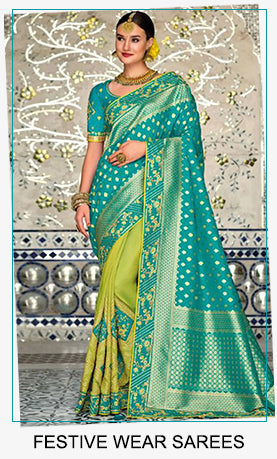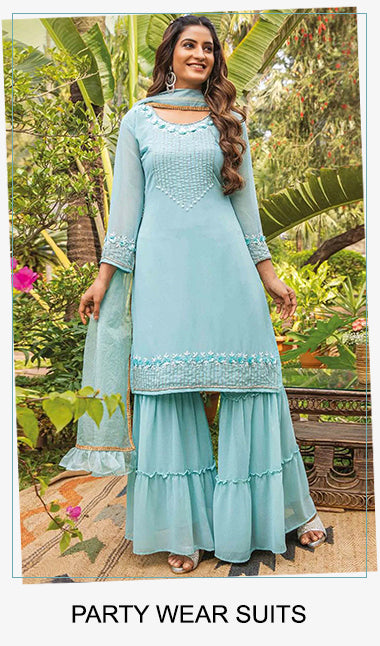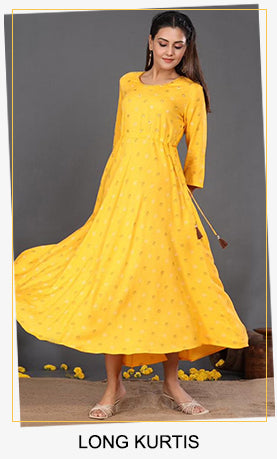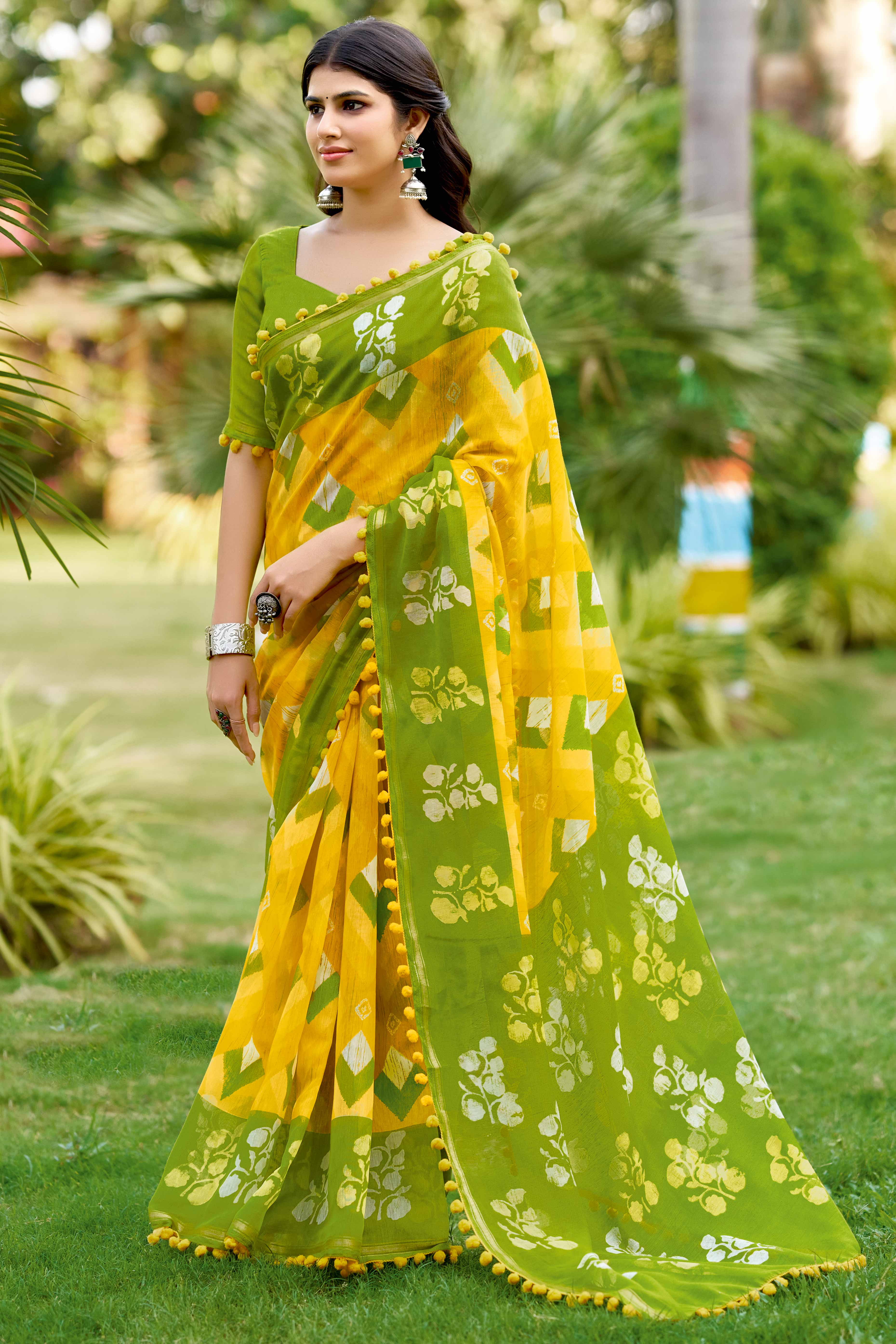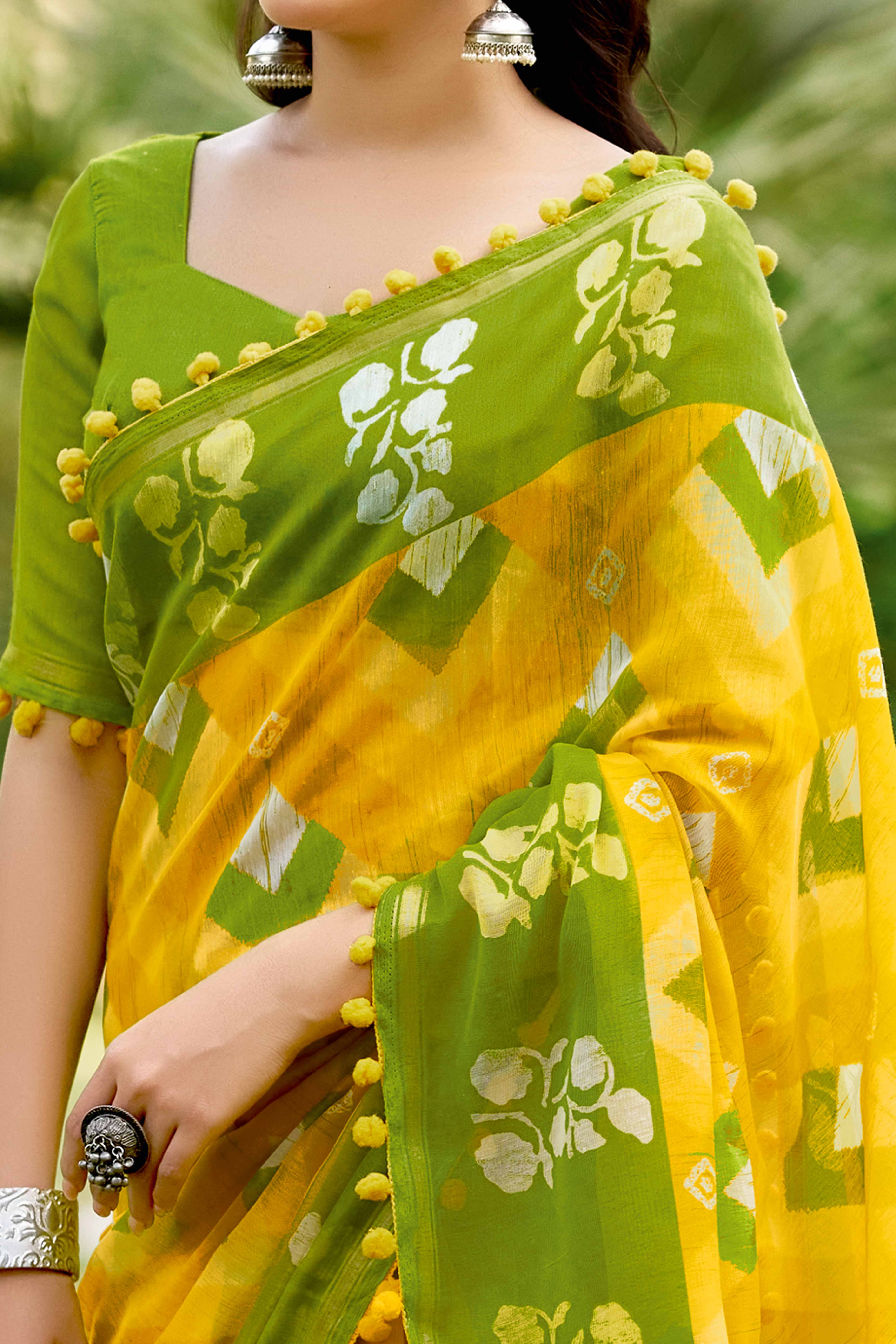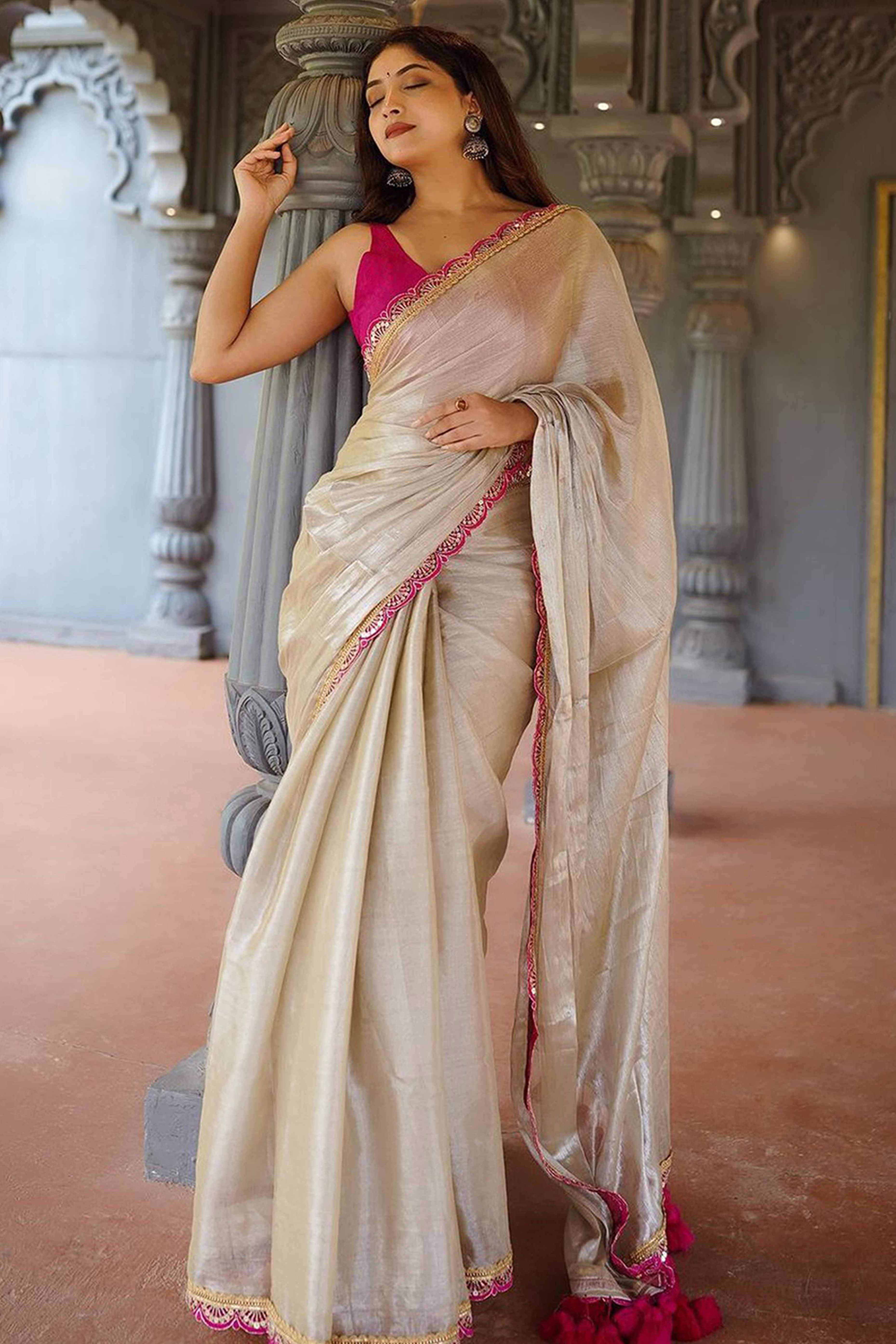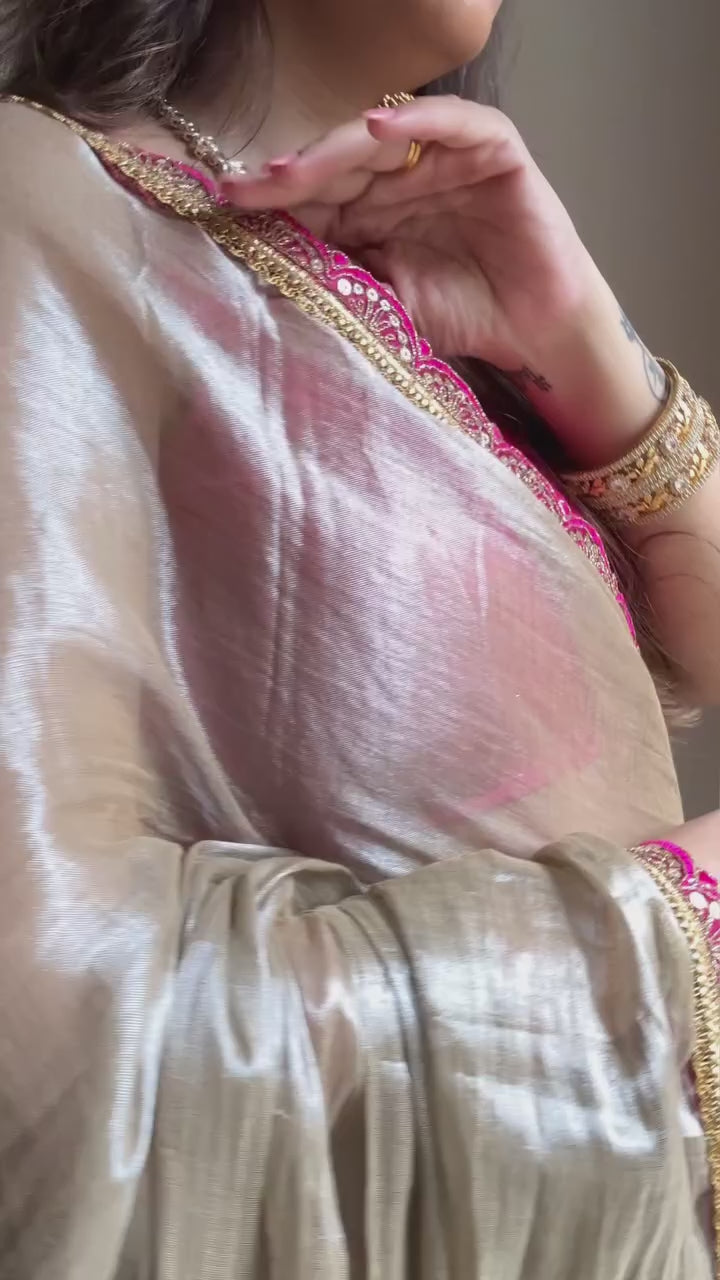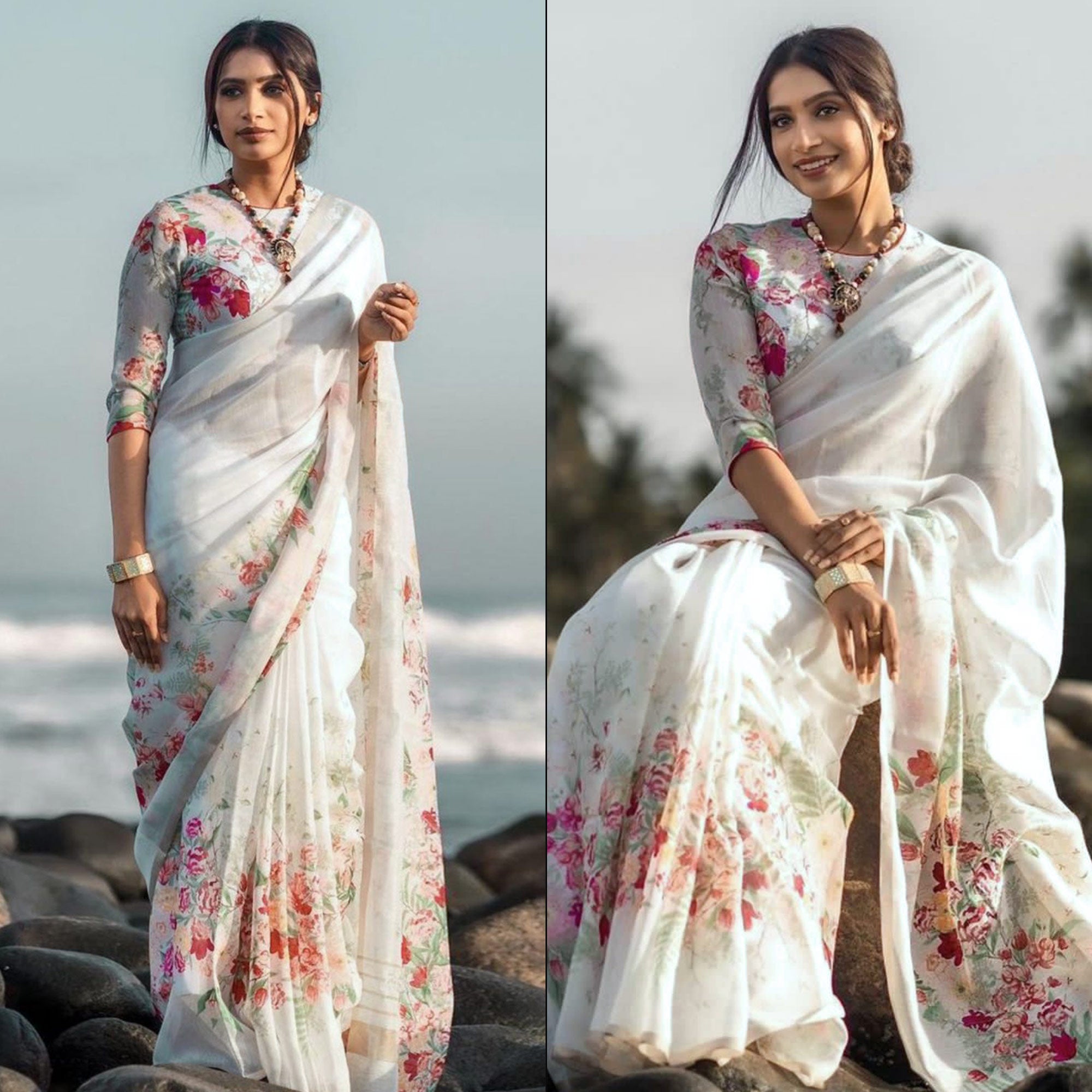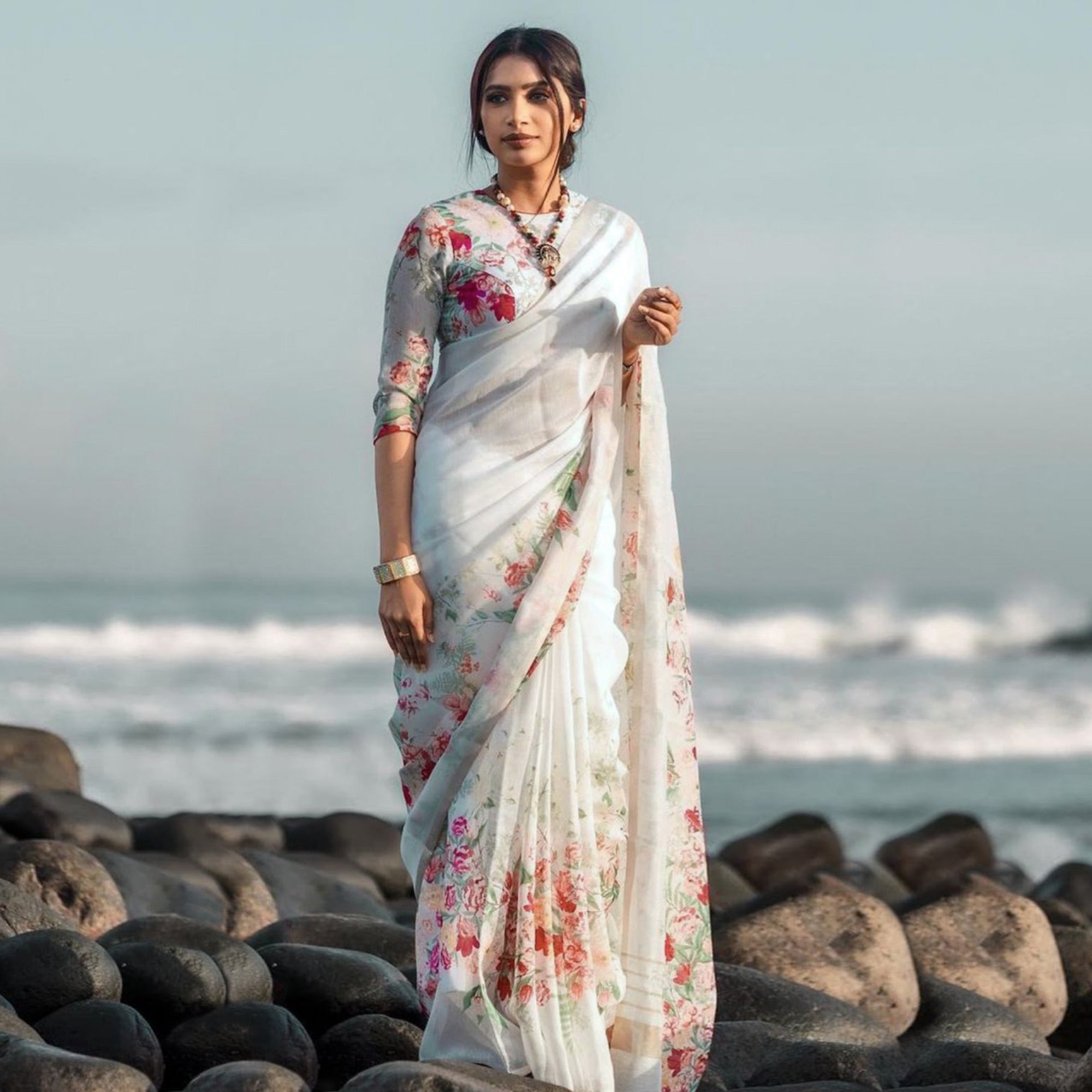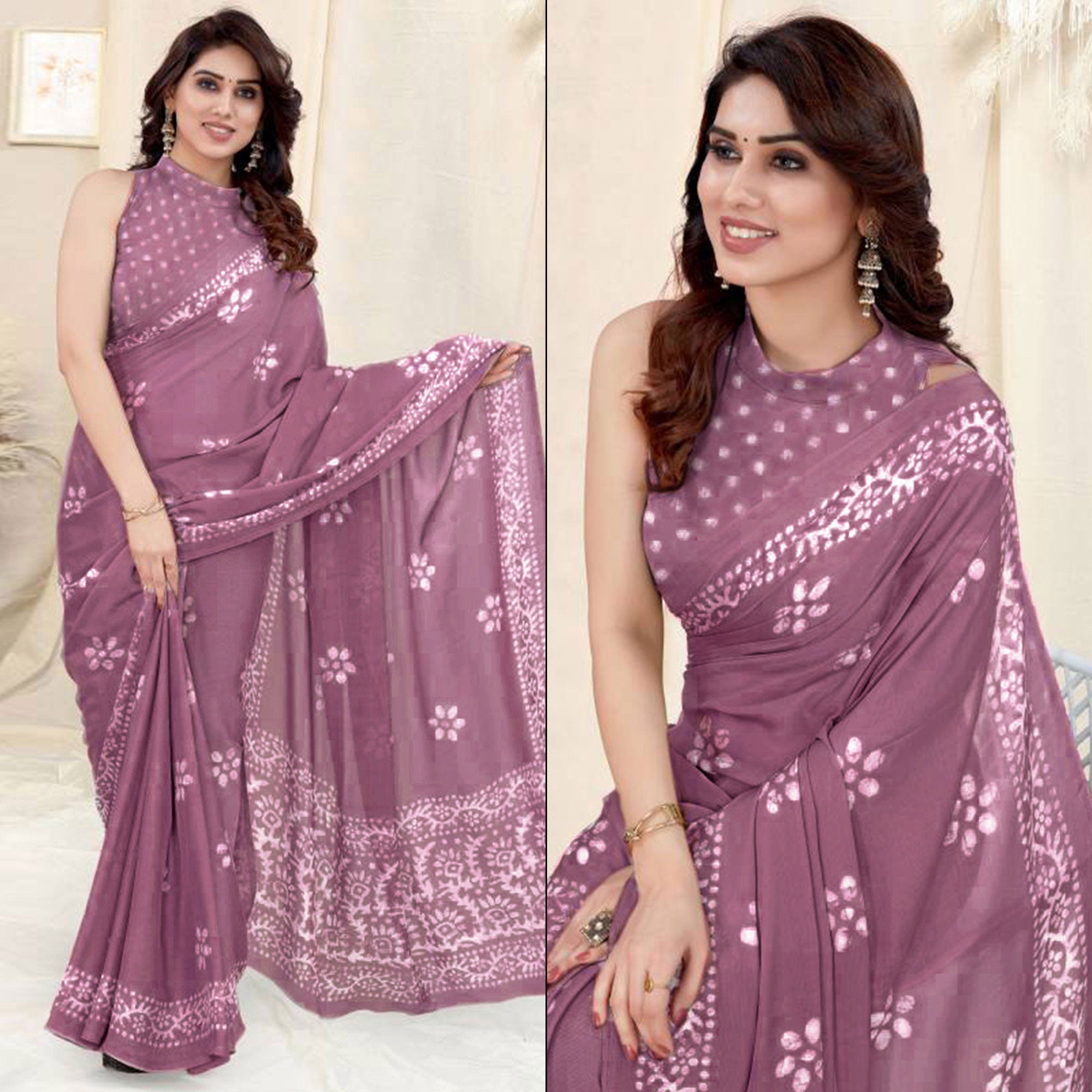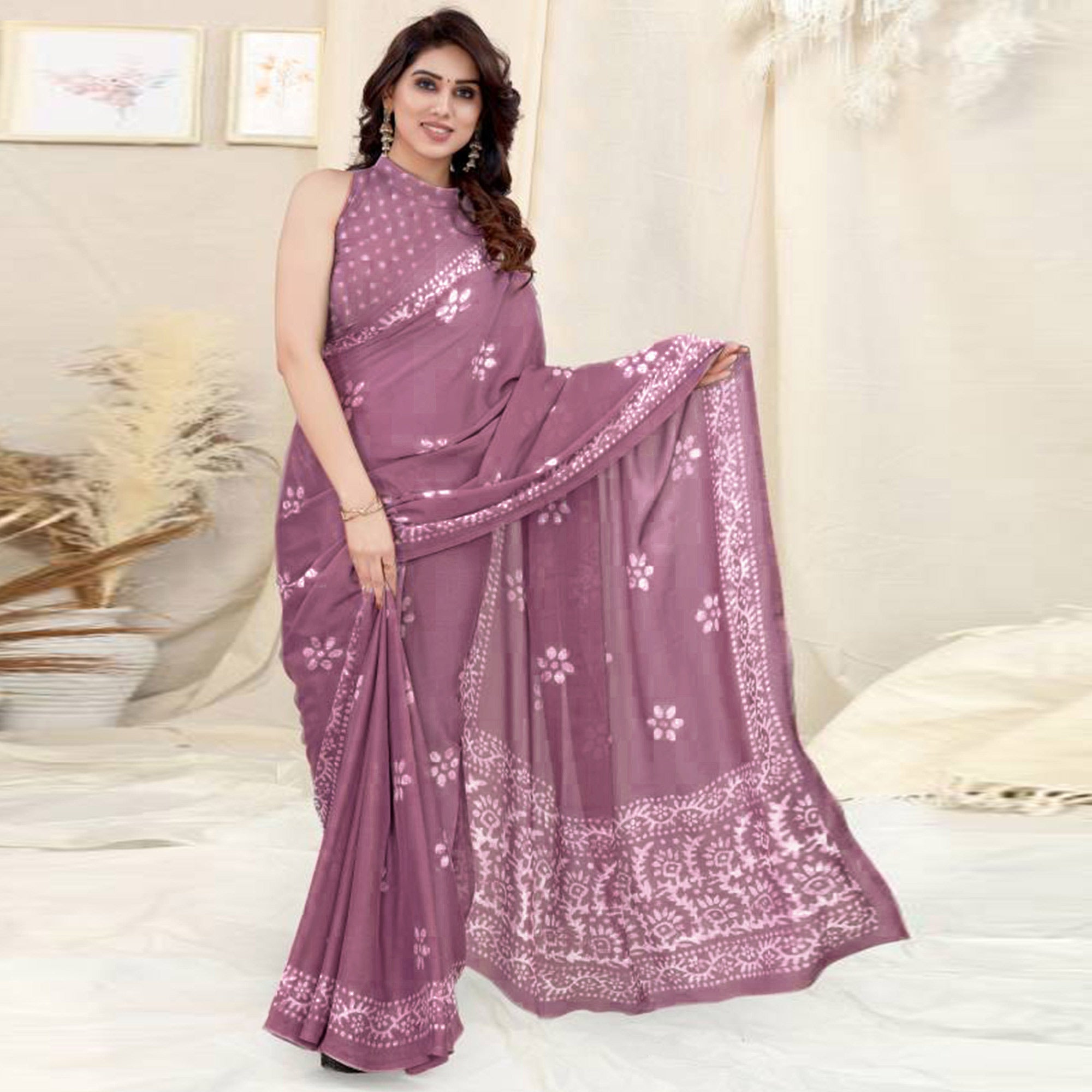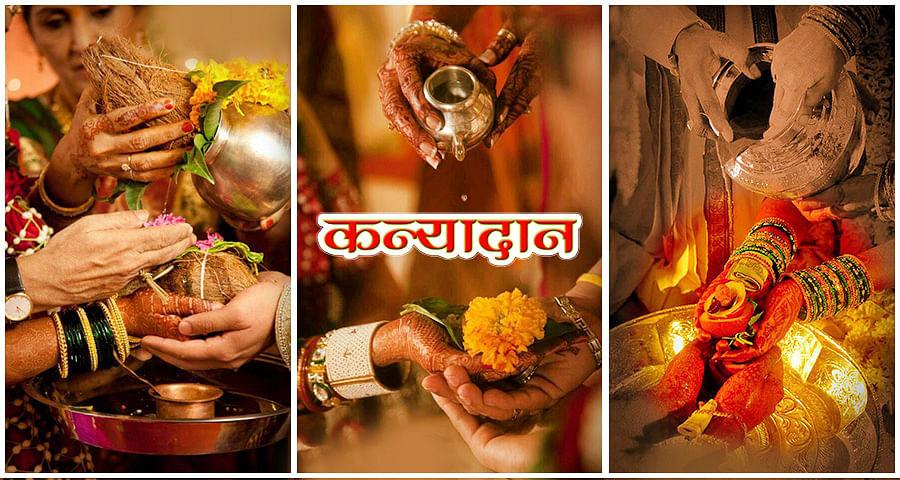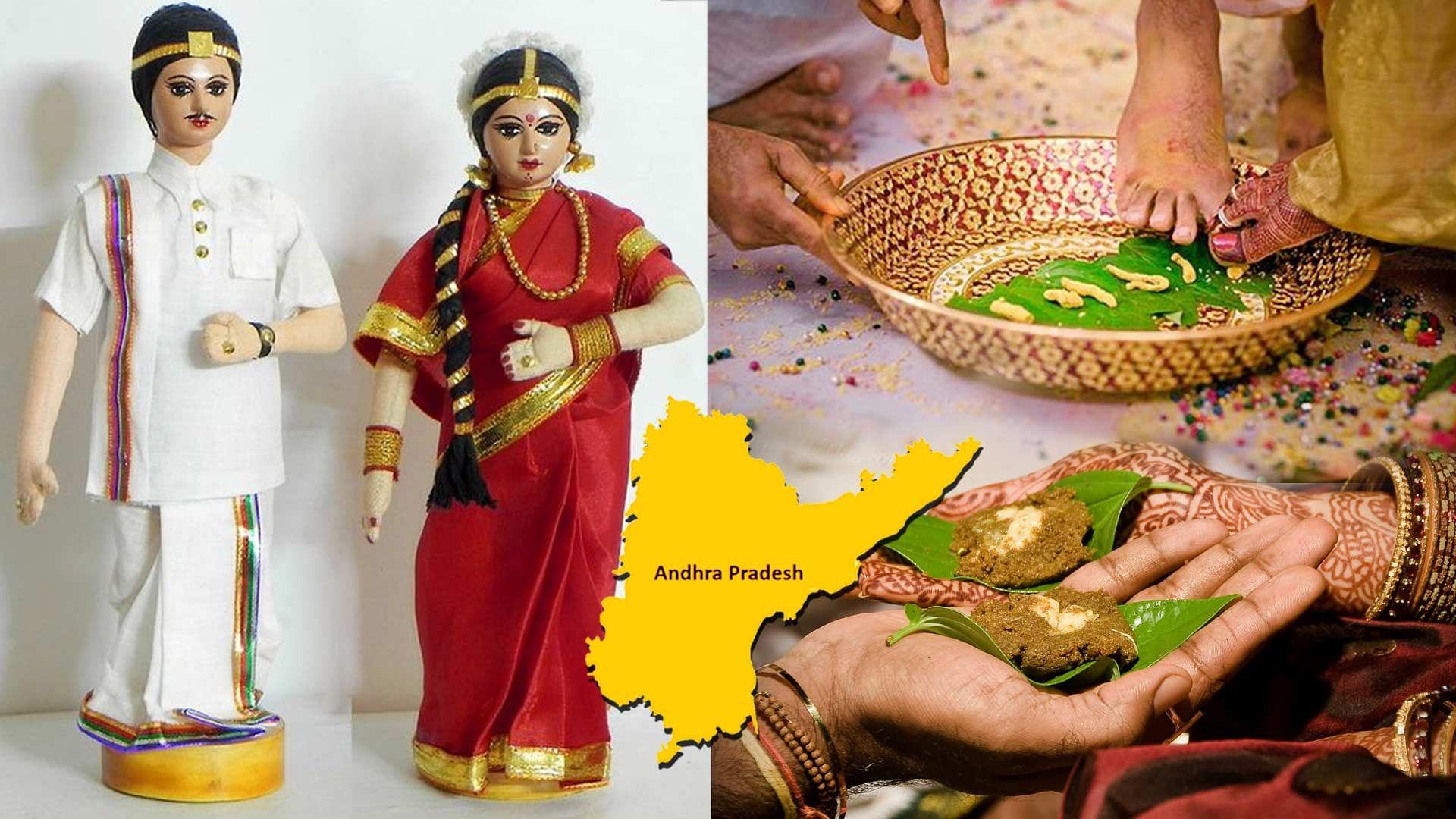Structurally speaking, velvet is a cut-pile weave fabric and not a fibre- it is a pile of fabric- cotton or wool and the way it is placed.
Velvet is a warp cut-pile fabric.
Although velvet originated in the Egypt way back in 2000 BCE, it was popularised extensively in India only with the invasion of the Mughals. Although ample amount of evidence proves that there have been records of velvet production in India as early as in the 10th century.
Raw Materials Used for Producing Velvet
For production of velvet, the primary raw materials used are silk and cotton. In addition, wool, linen and what was known as mohair was also used- though this was more popular form of usage in European countries back then.

As velvet gained popularity and there was an increased demand for it, more and more raw materials started being used for production of velvet which included- acetate, nylon, polyester, viscose or a mixture of artificial, synthetic and natural fibres. Sometimes, bamboo fibre was used too and at times spandex was used along with these raw materials to add a stretch component to the final velvet fabric- these came to be known as stretch velvet.
Dyeing the velvet fabric is another essential factor that goes into the making technique. Dyeing is an expensive process when it comes to velvet. And instead of dying the final finished fabric, to generate the best results, the raw materials used for curating velvet are dyed first, then spun and woven into the pile that goes onto produce velvet.
Production of Velvet
Velvet is primarily woven using three techniques. Of these, two use the loom method and the third one uses the knitting frame process.
The loom methodology includes the weaving process which is done using the basics- ground weaves using tabby, twill and satin.
It is interesting to know that at times more than one weaving and warping method is used to spin put the velvet. And each weaving technique is specific to the region of crafting. So many a times, and even for historic findings, the number of weaves adopted gives an insight into the time and region as to where the velvet was curated.
In order to make a plain velvet, the loom used is a treadle loom and to weave a design into the velvet fabric, a jacquard loom is used. In some ancient techniques, to weave a figured velvet, drawlooms are still in practice.
The velvet usually requires more than one warped thread- a pile-warp which requires more than six times the amount of thread required for a single weave warp. This automatically increases the production cost of velvet.

Varieties of Velvet
The rich, royal velvet comes in varied types, each based on the fabrics used and that determines the cost of the velvet procured.
Plain Velvet- This type of velvet consist of a single fabric pile uniformly and only in pile.
Embossed Velvet- This type of velvet is not very popular in India. To make these, designed figures are stamped on the curated plain velvet fabric.
Embroidered Velvet- This is the most elegant and exquisite variety of velvet. In ancient times, threads of silver and gold were used to trace embroidery on velvet. This was used by the royalty.
Even today, embroidered velvet is a mark of royalty. It also is synonymous with special occasions. Used majorly for designing bridal lehengas, embroidered velvet looks pure grace and elegance.

Ikat Velvets- Also known as patani velvet in Gujarat, in India these are a speciality of this region. This variety of velvet is made in entirety out of silk and hence is a very royal and classy fabric. Till this day, this velvet is considered to be an elite velvet type.
Brocade Velvets- Spun using metallic threads, these are another ecstasy when it comes to royal fabrics.
Another variation of these, the voided velvet falls in the same, elite classy variety. In this, only a section of the fabric is embroidered, the rest remains void. These go by the name makhmalaizarbaft in India and are a very elegant variety.
Usage of Velvet
Velvet is extensively used when the cloth demands to showcase affluence. Be it velvet sarees, velvet lehengas, velvet blouses to go with heavy work sarees- it always exudes an air of royalty.
Velvet also has found its special foothold in the fashion world with esteemed fashion designers rooting for this fabric in their high-end shows.
Velvet also is used in accessories- ladies clutches, handbags, footwear. In ancient times, coin purses crafted out of velvet were considered a novelty.
The Muslims predominantly used velvet cloth bags to carry their Holy book, the Quran. Velvet is also used as a cover in religious books.

Another area where velvet is used as a mark of royalty is in upholstery. Also used for home décor and for wall art, velvet is pure magic when it comes to home décor.

Over all these years, with the taking over of machine made textiles over hand made ones, of industrialisation, velvet has always managed to retain its spot. Its sheer exquisiteness, royalty and aristocracy is a reflection of what the novelty would regale in the glorious era gone by!

